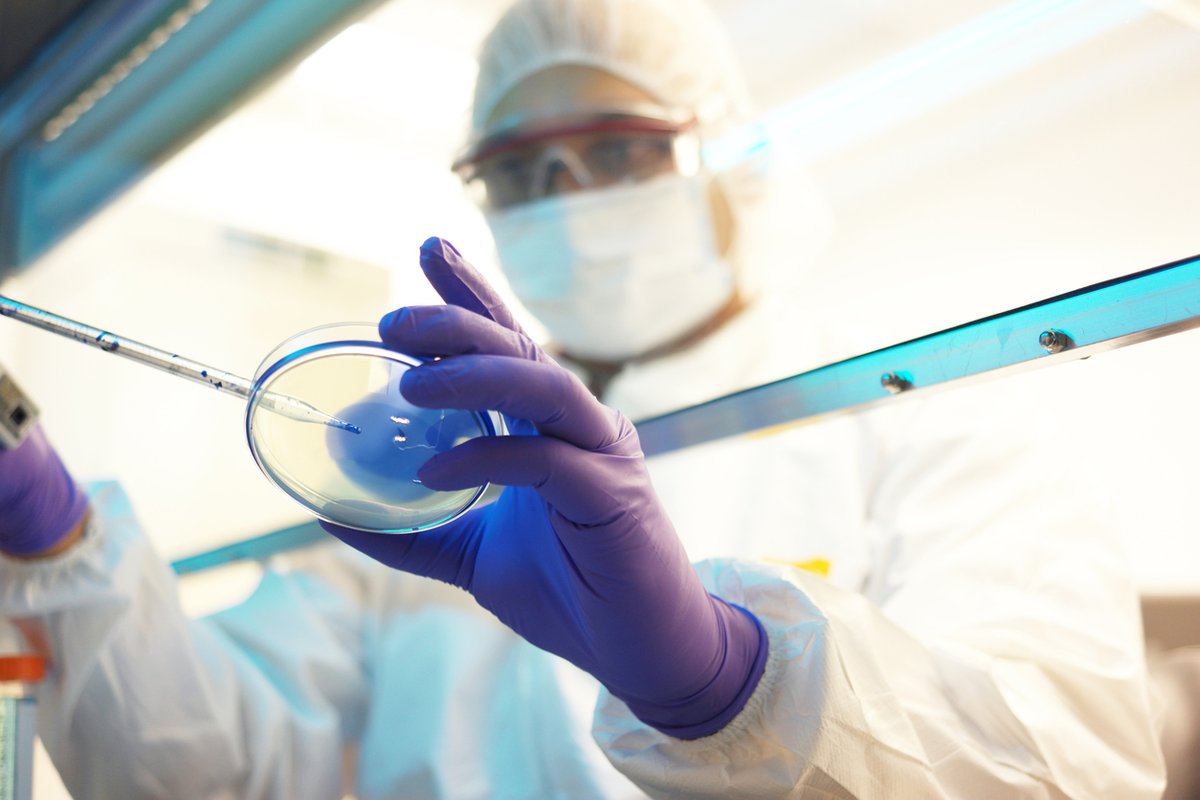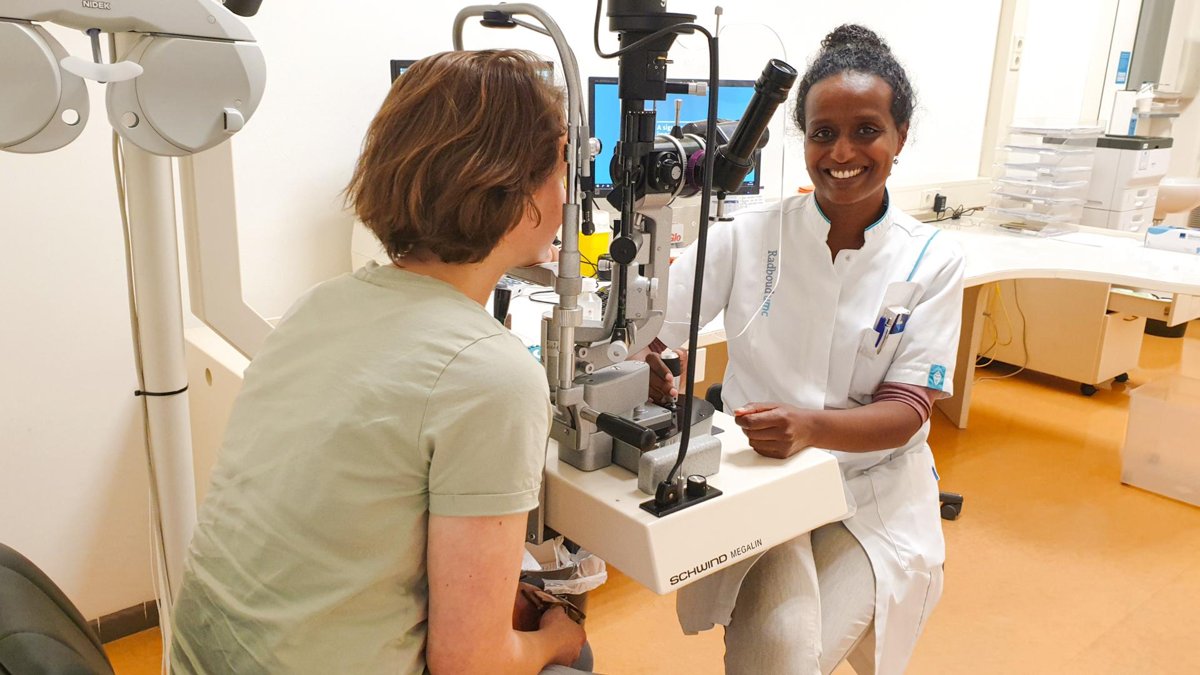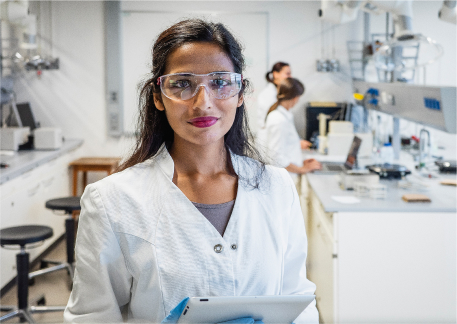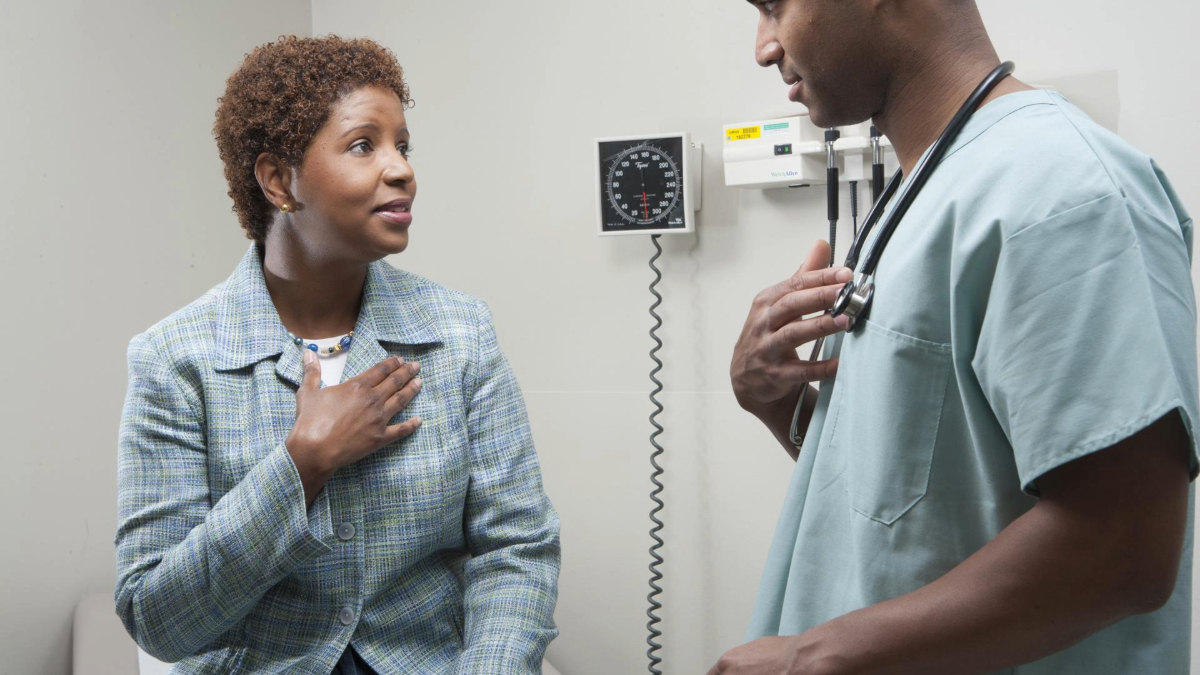Before Human Trials

Before human trials begin, the process starts in the laboratory, where it takes years of sifting through thousands of potential treatments to find a handful that are fit for testing in clinical trials.
Basic Research and Drug Development
Basic research in drug development involves determining more details about the disease studied and what genes, proteins, or system processes contribute to its development and progression. These experiments give clues to possible avenues for treatment and are essential for designing drugs.
Potential treatments can be made from all sorts of materials, including natural or synthetic chemical compounds and bioengineered or biological materials, like antibodies. Often, researchers will examine many versions of a new drug and systematically test which one is best for future experiments. Other times, a drug is “repurposed,” meaning that it received approval for the treatment of one or more disease(s) and is being tested for its potential to treat another disease.
Only the experimental treatments that show the best preliminary evidence for safety and effectiveness in animal models can move forward.
Translational Pre-Clinical Research
Translational research in drug development involves studies that determine whether the safety and action of an experimental drug is likely to produce similar results in humans. Essentially, the research must show that the results can “translate” into helping patients who have the disease or condition. Translational pre-clinical research uses disease models meant to simulate one or more parts of the human condition or biological material from humans and compares them to control groups.
At this stage, experimental treatments undergo more evaluation in animals. This includes testing for delivery accuracy to the target organ(s) and tissue(s), determining how well they are cleared from the system, and investigating toxicity, safety, and effectiveness. Many potential treatments that do not pass certain tests may be discontinued.
Once a company has identified a promising experimental treatment, it prepares and sends an Investigative New Drug (IND) application to the Food and Drug Administration (FDA). The FDA will review the evidence that a potential treatment is appropriate for testing in human clinical trials and will not put humans at an unreasonable risk for harm.
At this point, the sponsors also submit their plans for future clinical trial testing. The FDA requires that the trial volunteers have proper protection and informed consent (i.e. participants will be given enough information about the relevant medical facts and potential risks of the proposed treatments, as explained in easy-to-understand language). If a treatment or clinical trial design does not meet the FDA’s standards or requirements, the company will not be given permission to proceed with this experimental treatment to human clinical trials.
Disclaimer: Although we are using the word “treatment,” clinical trials also involve medical research studies in which people participate as volunteers to test new methods of prevention, screening, and diagnosis of disease.







